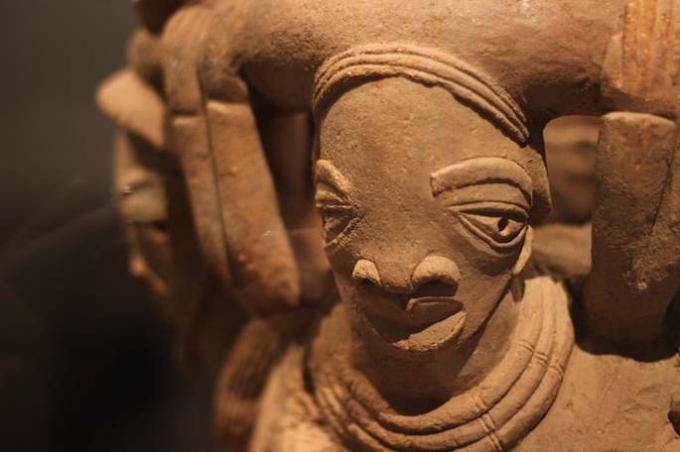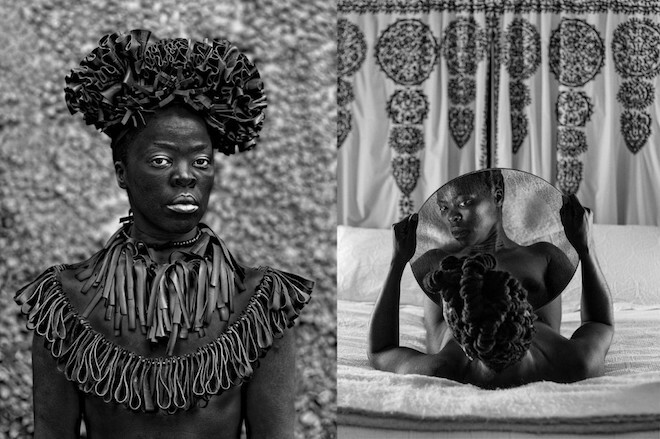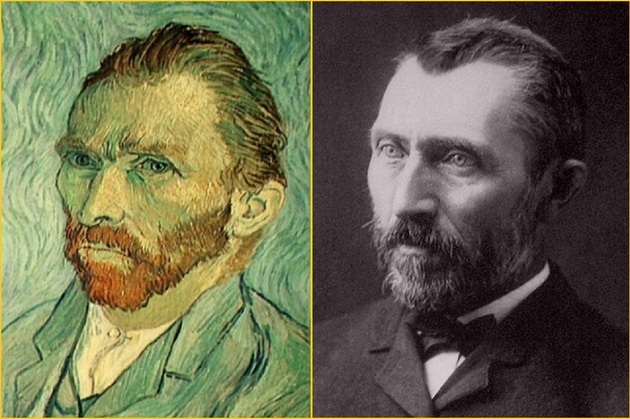African art is understood as the totality of artistic expressions present on the African continent, especially in the sub-Saharan region.
Africa is great, both in terms of geography and cultural diversity, as there are many countries that make it up. Thus, their populations have different characteristics and customs, which, obviously, is reflected in the art produced by them.
Anyway, there are some characteristics that remain in the artistic manifestations of these peoples.
African art in history
We can say that Africans managed to produce a very free art, but still preserving the rigor that their traditions required in pursuit of an understanding of spirituality and ancestry.
The history of African art originated in the prehistoric period, when humanity had not yet invented writing.
Its oldest found sculptures, date from 1,500 a. C., and were produced by the Nok culture, in the region where Nigeria is located today.

In sub-Saharan Africa, the Igbo Ukwu people performed beautiful works in metals, mainly bronze, in addition to using terracotta, ivory and precious stones.
But the material most used by African peoples was certainly wood, with which they produced masks and sculptures.
Unfortunately, most of these pieces were lost, due to bad weather and also due to religious intolerance by Muslims and Christians, who came into contact with these civilizations and destroyed part of their cultural heritage.
african masks
Masks are recurrent in most peoples of Africa.
In the various cultures that exist there, they are part of the artistic and expressive universe, in addition to being strong elements of connection between human beings and the spiritual world.

They were and are produced, most of the time, as an instrument of rituals, so that they also become disguises, representations of gods, forces of nature, ancestors and beings from another world, as well as animals.
Another important point is the fact that these pieces are creations of a special person in the community. There, artists are responsible for producing masks that represent the entire community, and not just individual yearnings and inspirations, as in the West.
The influence of Africa on modern art
At the end of the 19th century and beginning of the 20th century, new bases for Western art were being created, the so-called European avant-gardes.
During this period, some artists came across the art produced by African peoples and were impacted, thus incorporating Afro elements in their productions.
The artist who used African art most intensively was the Spaniard Pablo Picasso. This painter included direct references to this art in his works, especially of tribal masks.

Picasso was one of those responsible for creating the Cubist movement, which fragmented the figures, bringing a new way of seeing the world and representing it.
But before the Cubist phase, the painter was immersed in inspirations from African art and produced many works with African allusions, which helped him to reach the foundations of Cubism.
Certainly, what impressed the Europeans was the freedom, imagination and capacity of the peoples Africans to relate the profane universe with the sacred, which met the interests of modernists.
African art in European museums
In 2018, a document was drawn up proposing that French museums should return the artistic and cultural heritage of African peoples to their continent of origin.

This is because most African art pieces are found in museums in Europe, as they were taken from Africa by colonizing peoples.
A period of five years is stipulated for this heritage to return to their countries temporarily or permanently.
contemporary African art
When we talk about "African art" we usually think of African art history and artifacts produced by tribal communities many years ago.
However, like the rest of the world, Africa continues to produce art and also has contemporary artists with productions that make an enormous contribution to today's world.

Some prominent names, their nationalities and artistic languages are:
- Zanele Muholi (South Africa) - photography
- Bili Bidjocka (Cameroon) - installations and video
- George Osodi (Nigeria) - photography
- Kader Attia (Algeria) - photography and other media
- Kudzanai Chiurai (Zimbabwe) - photography, audiovisual and painting
- Kemang Wa Lehulere (South Africa) - various languages
- Guy Tillim (South Africa) - photography, documentary
- Tracey Rose (South Africa) - performance, photography
- Aïda Muluneh (Ethiopia) - photography
Don't stop here! Also read other related texts that we have prepared for you:
- Indigenous Brazilian Art
- Main Characteristics of Afro-Brazilian Culture
- African countries
Bibliographic references
African art. Sesc São Paulo and Official Press Editions (2017)
Africa in arts. Afro Brasil Museum Collection (2015)



